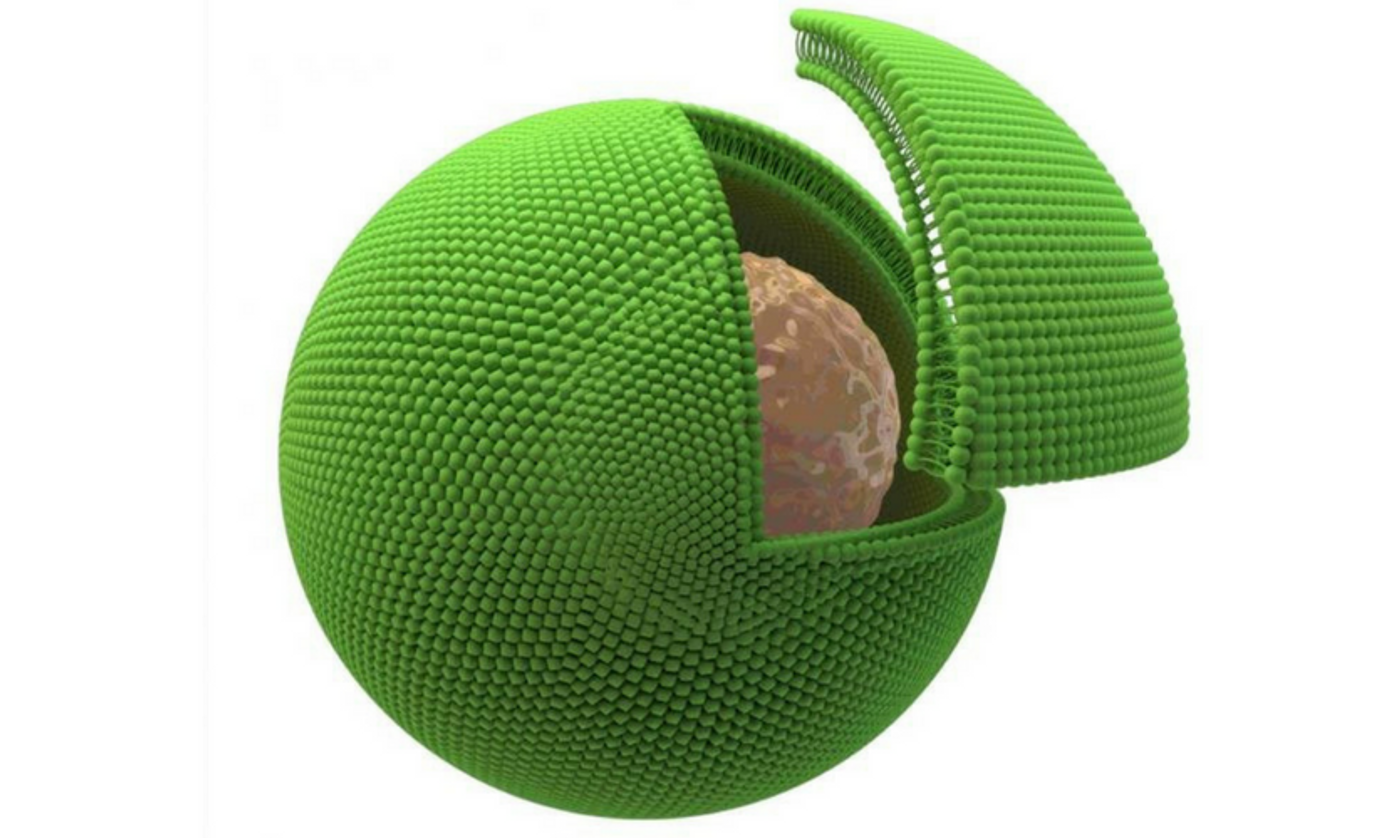Bionic Being at the Cellular Level-Artificial Cells
The idea of adding artificial parts to biological bodies to create an “enhanced” being isn’t anything novel, for instance, “Borg” from Star Trek series and “Cyborg” in DC Comics. But what you probably don’t know is that bionic entities are also present at the cellular level.
A team of researchers from Imperial College London (ICL) created an “artificial cell” by encapsulating biological cells with artificial casings. The engineered entities showed the potential of processing chemicals using their onboard enzymes while shielding themselves from the toxic environment with their mechanical shells.
The early generation of artificial cells was developed back in the 1960s. These cells consisted of polymer membranes, as well as cross-linked proteins that allowed diffusion of small molecules. These cell-like micro-vesicles resemble their biological counterparts in form and function. Studies have shown their potential application in the regenerative medicine, blood substitutes, protein synthesis, in vivo diagnostics, biosensing, drug delivery, and in situ drug synthesis. Recognizing the uniqueness of natural cells, some researchers in the field started to incorporate biologically intact cells into their artificial cell design.
The ICL team utilized a technique in microfluidics—an up-and-coming multidisciplinary field that studies the behavior of fluids through small channels— their bionic cells. They used water and lipid to generate droplets that contained both the cells and enzymes. Then, they applied a protective coating on the droplets, creating the artificial shell. To test the functionality of their product, researchers made the artificial cell systems to convert a fluorescent chemical. These encapsulated cells were also tested for their ability to self-protect from the toxic environment. They managed to survive and function after being placed in a concentrated copper solution.
Commenting the rationale behind their artificial cells, Professor Oscar Ces of ICL and leader of the group said: “Biological cells can perform extremely complex functions, but can be difficult to control when trying to harness one aspect. Artificial cells can be programmed more easily, but we cannot yet build in much complexity.”
“Our new system bridges the gap between these two approaches by fusing whole biological cells with artificial ones so that the machinery of both works in concert to produce what we need. This is a paradigm shift in thinking about the way we design artificial cells, which will help accelerate research on applications in healthcare and beyond,” he added.
The researchers hoped to improve the artificial casing of their design to make it mimic natural biological membrane. This improvement can allow for greater efficiency and specificity of drug delivery— particularly useful for diseases such as cancer, albeit requiring a lot of future efforts.
The ICL study was published in a recent paper titled “Constructing vesicle-based artificial cells with embedded living cells as organelle-like modules” in the journal Scientific Reports.
Creating Artificial Life. Credit: SciShow
Source: Imperial College London









